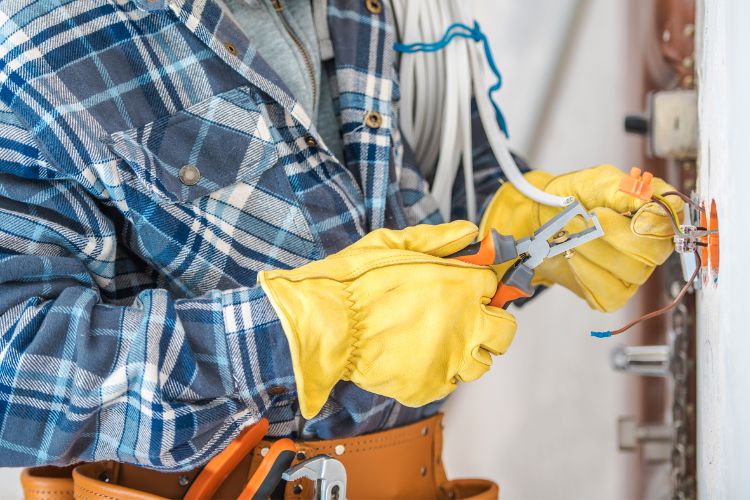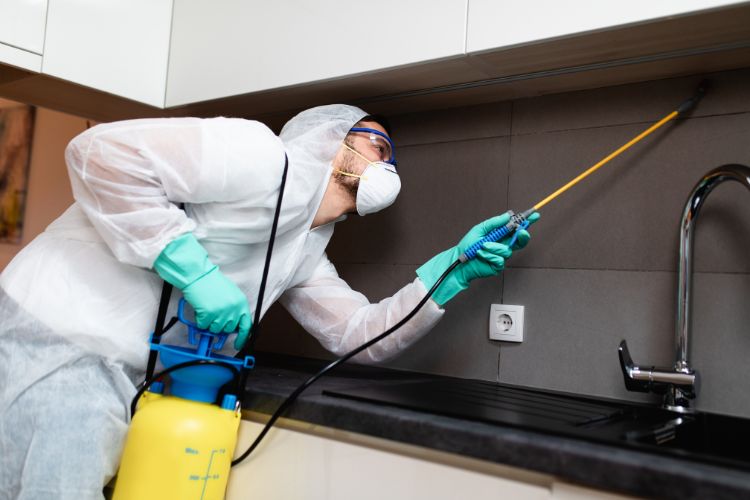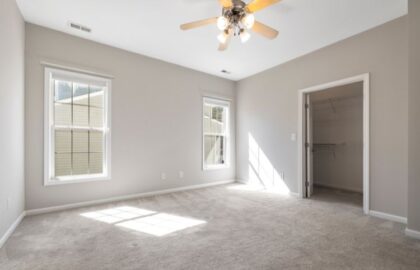
Buying a property in Queensland? Don’t sign the contract until you’ve had both a building and pest inspection done! These professional inspections are important for understanding the true condition of a home before purchase.
Read on to learn what building and pest inspectors look for during these important inspections.
TL;DR
A building inspection examines the structural integrity and overall condition of a property. The inspector is looking for any defects, damage, or potential issues that could be deal-breakers for a home buyer.
A pest inspection focuses on identifying any evidence of wood-destroying insects like termites, as well as other pests like cockroaches or rodents.
What Does a Building Inspector Look For?
When you hire a qualified building manager or a specialised inspector in Queensland, they will be looking at the following areas:
Structural Integrity
The building inspector will examine the foundation, walls, roof space, and more for any cracks, shifting, or other signs of structural issues.
Cracks in walls or ceilings can indicate foundational problems. Sagging floors can mean the supports are damaged. Any major defects threaten the stability and safety of the home.
Electrical Wiring

Unsafe electrical wiring poses a fire hazard and needs immediate repair. The building inspector will remove outlet covers and examine the condition of wiring, circuit breakers or fuses, and electrical panels.
Older homes often have insufficient power capacity for modern needs like air conditioners. The inspector looks for code violations and recommends upgrades.
Plumbing
Leaky pipes, clogged drains, and water pressure issues are red flags.
The inspector will run water through fixtures, flush toilets, and check underneath sinks. The hot water system and metre are examined.
Plumbing problems can range from annoying to catastrophic, so this is an important aspect of the inspection.
Overall Condition of Interior and Exterior
From cracked tiles and water-damaged ceilings to mouldy shower grout and faulty windows, the building inspector documents any defects inside and out. Peeling exterior paint or patches of rotted siding indicate larger issues.
The inspector also examines ceilings, walls, floors, doors, stairways and more.
Major Systems
Heating and cooling systems, ventilation, fans, and appliances; a building inspector determines if these are functioning properly and safely.
Old air conditioners may not cool sufficiently or drain condensation correctly. Poor ventilation can cause mould. Outdated electric systems may lack ground fault interrupters.
Outdoor Structures
The inspector looks over attached garages, patios, decks, fences, and gates. A defective garage door is inconvenient and detracts from value.
Tilting fences or retainer walls that are crumbling need repair. Safety issues like loose deck boards will be flagged.
Compliance With Building Codes and Regulations
While not all older homes meet today’s codes, major violations will be noted. Common issues include a lack of smoke alarms, inadequate balustrade spacing, or small bedroom window dimensions.
Building inspectors know the relevant regulations and point out any glaring breaches.
What Does a Pest Inspector Look For?
Pest inspections are crucial in Queensland, a region very prone to termite infestation. Here’s what pest inspectors search for:

Termite Damage
Termites can severely compromise structural integrity! Inspectors will check walls, floors, door and window frames, and wooden support beams for visible termite damage.
This may appear as little mud tunnels on walls, swollen floorboards, or crumbling wood.
Other Wood Destroying Pests
While termites are most common, other pests like carpenter ants or wood boring beetles can damage wood framing, floors, and furniture.
The inspector looks for tell-tale sawdust or holes. Catching these pests early prevents extensive damage.
Rodents
Mice and rats leave behind plenty of signs like droppings, urine stains, gnawed wires, and nesting materials. The inspector looks for these in cramped areas like attics.
Burrows outside lead to interior entry points that must be sealed. Rodents spread disease and trigger allergies.
Cockroaches and Other Pests
Roaches congregate in kitchens and bathrooms. Inspectors check cabinets, beneath appliances, and around plumbing fixtures for roach faeces and egg casings.
Bed bugs can lurk in bedroom furniture and closets. Pest inspectors also note spiders, ants, and stored product pests like moths.
Conducive Conditions
Pests seek out food, water, and shelter. Inspectors look for conditions like moisture or openings that allow access.
Leaks, cracks, clutter, and debris can attract pests. Proper sanitation and maintenance make a home far less inviting. Recommendations are given.
Key Areas Building and Pest Inspectors Examine
Certain parts of a home warrant close focus during a property inspection. Here are key areas that will be fully examined:
Roof Exterior and Attic
Inspectors look for broken, missing, or warped shingles that can allow water intrusion. They examine roof flashings, eaves, drainage systems, skylights, and chimneys for issues.
Vents are checked for blockages. The attic is scanned for termite damage, rodents, and proper insulation and ventilation.
Foundation and Structure
Cracks in the foundation require further evaluation; they could be just cosmetic but may indicate instability. Inspectors tap walls and push on them to check for unevenness.
Termite damage, if found in wood frame walls, is a major structural concern.
Kitchen and Bathrooms
Water damage under sinks and near bathtubs is common. Inspectors look at the condition of cabinets, fixtures, ventilation, exhaust fans, and more.
Rodents can enter through small gaps in kitchen walls. Bathrooms also need adequate ventilation to avoid mould and mildew growth.
Laundry and Utility Areas
Leaking pipes or overflowing appliances in the laundry room can lead to water penetration and mould. Rodents often enter through small holes in the walls or gnaw on water pipes. Gas appliances will need proper venting.
Garage
Faulty garage doors, termites in wooden trim, and gaps allowing rodent entry; inspectors examine these and other issues.
They also look for exhaust fumes entering living areas and make sure automatic openers work properly.
What Is Included in the Inspection Report?
After examining all areas of concern, the building and pest inspectors will compile their findings into a detailed building inspection report. Read also if a landlord is able to attend the inspection.
Here’s what’s typically included:
- A summary of all defects or issues found during the inspection. These will be listed by location in the home. Photos are often provided.
- Notation of any major (more severe) defects versus cosmetic or minor defects. Major structural flaws are highlighted.
- An estimation of repair costs, either a specific figure or general range, for any major defects that require work.
- The full results of the termite and pest inspection, including areas damaged and treatment recommendations. Fumigation may be necessary.
- An overall opinion by the inspector on the current condition of the home compared to others of its type and age. This gives a sense of the amount of repairs needed.
- Advice on any areas that need further evaluation by specialists (for example, possible roof leak).
Wrap-Up
While the inspection process can seem tedious when excited about a new home, it is a very worthwhile investment. The detailed inspection report paints a clear picture of the home’s true condition and any problem areas needing repair.
Armed with this information, buyers can make realistic budgets and negotiate fair prices with sellers. This prevents overpaying for a property with hidden defects the owner did not disclose.
Overall, building and pest inspections help home buyers in Queensland make confident, informed decisions about the most major purchase most of us ever make.







